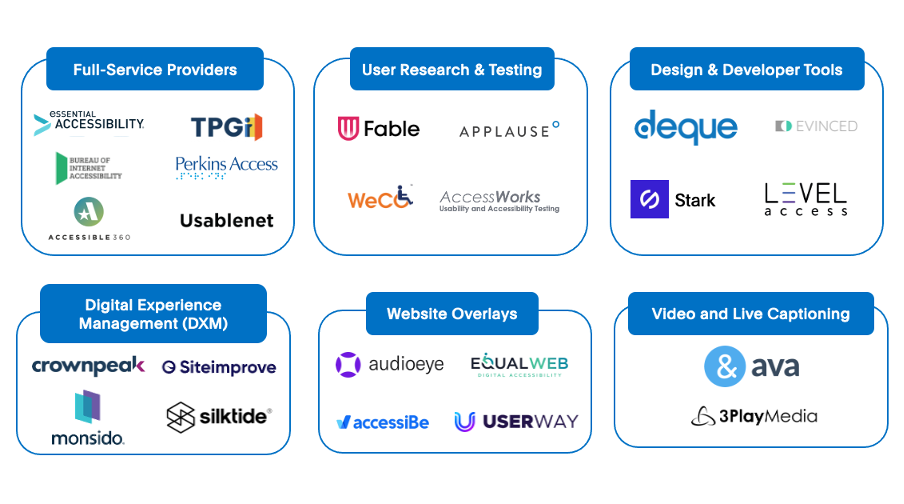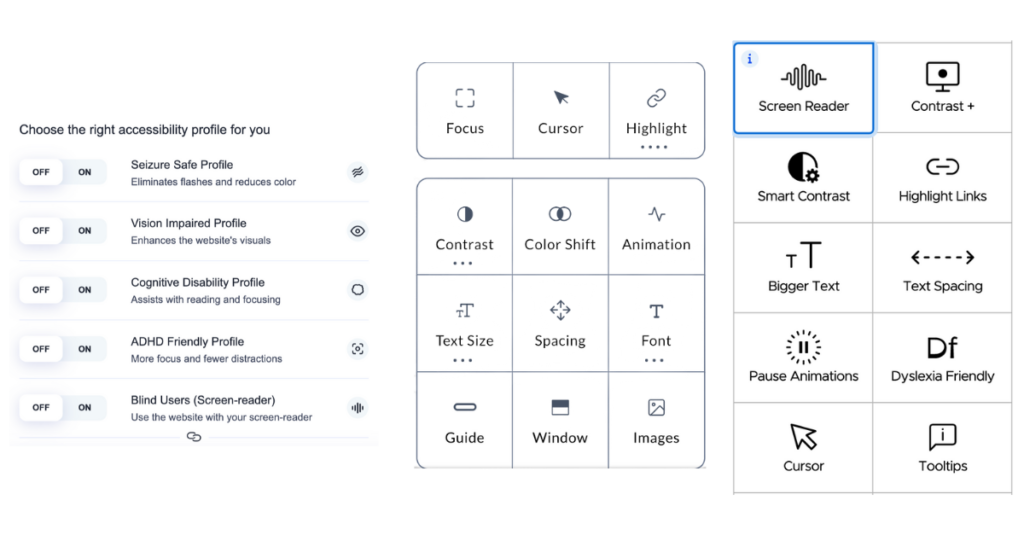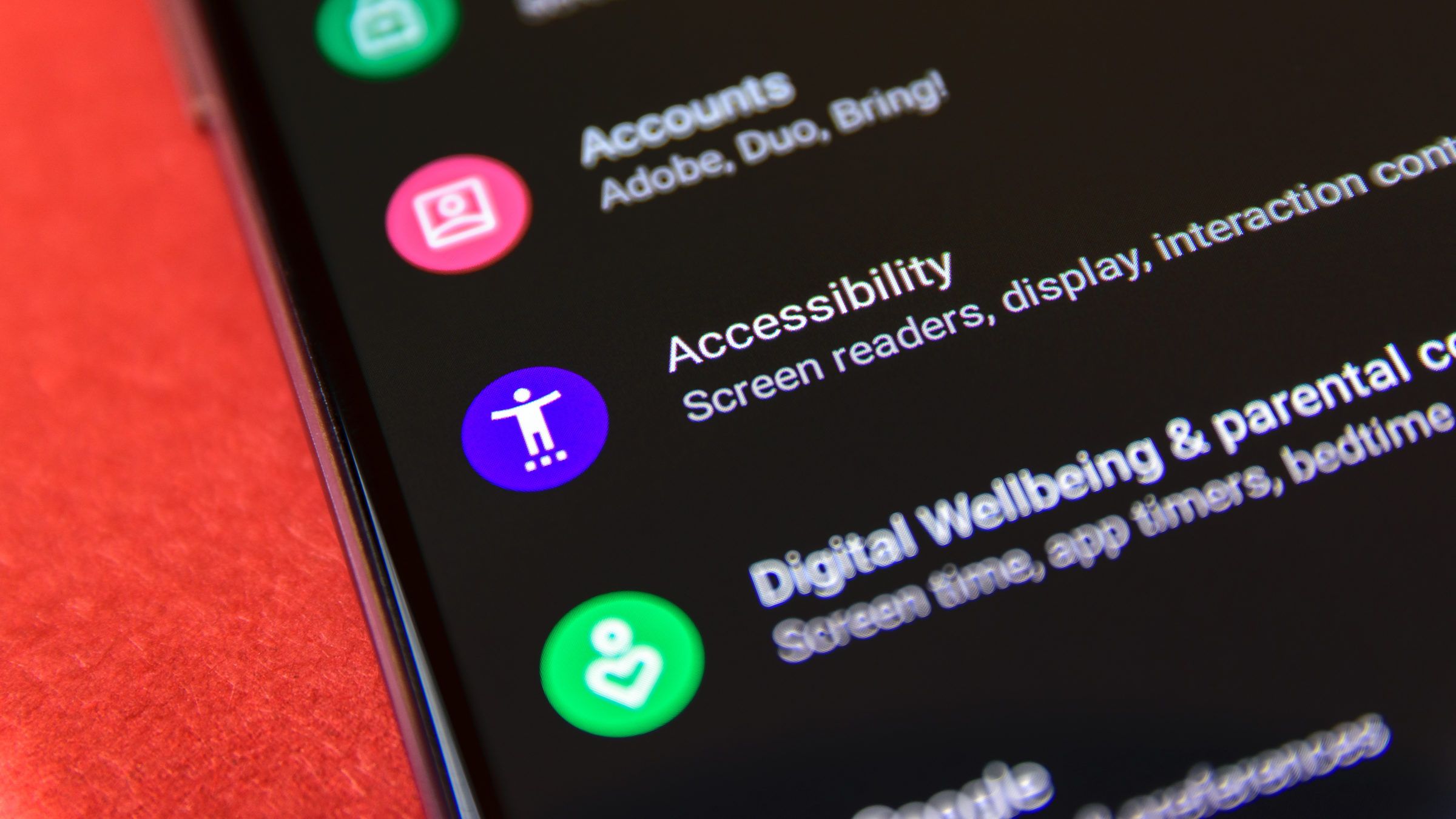This is the third and final post in this digital accessibility series. Part 1 was an introduction to digital accessibility and why it is important. Part 2 detailed how to get started with digital accessibility. This post will cover the current state of the digital accessibility market, as well as the emerging technology landscape, highlighting vendors that offer products and services that make the accessible web a reality.
Digital Accessibility: A Category 20 Years in the Making
Judging by the dates when some of the first vendors emerged, the market for digital accessibility products and services is at least two decades old. For those 20+ years, and even up to the very present moment, digital accessibility has been the domain of “innovators” – a small number of vendors, customers and practitioners that caught on to the importance of digital accessibility well ahead of their peers. While awareness of digital accessibility is not yet widespread, the category is accelerating, garnering more and more attention and adoption. The rising tide is lifting all boats – existing vendors are experiencing faster growth than ever before and new entrants are catching the wave at just the right time.
While the market for digital accessibility experienced growth pre-COVID, the pandemic was a shot in the arm for the category as every business was forced to shift its customer interactions online. In this April-2021 article, market research firm Forrester reported that when the pandemic struck, it saw a “significant uptick in inquiries related to accessibility, mostly from companies getting serious about accessibility for the first time.” The hard shift online in 2020 also exposed the inaccessible state of most websites leading to a record-breaking year for digital accessibility lawsuits with 3,550 cases in all (roughly 10 lawsuits per day).
Just a few months ago, Gartner released its first market guide for digital accessibility, which will serve as a starting point for many technology decision makers looking for insights into the digital accessibility market. While it will take several years for the market to mature to a point where every company has a top-down digital accessibility program in place, in the meantime, designers and developers are taking matters into their own hands and tackling the issue in their own corners of the web. According to a Forrester survey, 84% of companies are now working to achieve digital accessibility. The majority of these efforts, 48% to be exact, are being driven by grassroots initiatives while 36% have top-down sponsorship.
Finally, both Forrester and Gartner highlight that blue-chip clientele, like the largest companies, nonprofits and educational institutions, increasingly expect their vendors to demonstrate a commitment to digital accessibility and comply with the latest WCAG standards. As a result, billions of dollars are expected to shift towards technology and services vendors that are nimble enough to adopt digital accessibility best practices ahead of their competition.
Part 2 of this series already detailed how to get started with digital accessibility. The section below will conclude the series with an overview of digital accessibility vendors, many of them emerging technology companies, that provide products and services required to set up and maintain an enduring digital accessibility program.
Digital Accessibility Vendor Landscape
The market of digital accessibility vendors includes full-service providers, as well as vendors offering various kinds of point solutions.

Full-Service Providers
As the name implies, these vendors provide a suite of accessibility services often accompanied by software that performs automated scanning for accessibility issues and provides a reporting dashboard. Services offered include manual testing by real people with disabilities, design and development services, legal and risk management services, as well as certification and training.
User Research & Testing
User research and testing is a critical aspect of the design and development process and should include people with disabilities to ensure their perspectives and experiences are reflected in product decisions. Vendors in this category primarily focus on recruiting, and managing a diverse panel of people with disabilities who provide testing services, as well as product feedback during user interviews, product reviews, QA sessions etc. Fable is an example of a relatively new entrant that has gotten traction with Fortune 500 companies across industries.
Design & Developer Tools
Vendors in this category offer products such as SDKs, APIs, debuggers, as well as browser plugins that enable designers and developers to build accessible websites and mobile apps. Importantly, design & developer tools enable a “shift-left” paradigm, making it possible to incorporate automated digital accessibility tests into the design and development phase before a website or mobile app is launched. Designing and developing with accessibility in mind is critical as it circumvents the difficulties of trying to incorporate accessibility retroactively. Most tools available today are focused on developers, but Stark recently emerged to provide accessibility tools for designers. Meanwhile, in the developer tools category, Evinced provides a new approach by combining computer vision with traditional code analysis to catch more accessibility issues at the source.
Digital Experience Management (DXM)
Digital Experience Management is an established category of vendors that develop products used to create, as well as test websites for issues with accessibility, content, ads, SEO, privacy, and availability/uptime just to name a few. Vendors in this category seek to provide a one-stop shop for all digital experience needs and typically provide a suite of products including accessibility testing. Accessibility functionality provided by DXM vendors includes automated scanning against accessibility standards like the WCAG, recommended fixes and prioritization, reporting and analytics, as well as accessibility services.
Website Overlays
Website Overlay vendors typically offer an automated tool that continuously scans websites for issues that make the site non-compliant with WCAG standards. These tools will then attempt to automatically fix accessibility issues in the background as the webpage loads. Many website overlay vendors also provide an end-user facing widget that website visitors can access via an accessibility icon at the bottom of the page. Using the widget, website visitors can toggle on and off various functionality to customize the website to their needs.
Below are examples from three different vendors.

Source: accessiBe (left), AudioEye (middle), UserWay (right)
It is worth noting that overlays are not a silver bullet. Industry experts agree that website overlays can only detect a small percentage of the accessibility issues a user could encounter on a website. Many website overlay vendors offer add-on services such as access to accessibility experts and a QA team who review websites, perform manual audits and then remediate any remaining issues.
Video and Live Captioning
Digital accessibility also encompasses video, as well as virtual events and live conversations (e.g. video/conference calls). Videos can be made accessible through closed captioning, transcription, translation and subtitles, as well as audio descriptions (a form of narration that provides context on surrounding visual elements for the benefit of people with visual impairments). For live events, in-person conversations and video/conference calls, auto-captioning (along with a standby professional scribe) is an option that can be used to include people with hearing loss. 3Play Media is an experienced vendor providing services for videos and live events, while ava is focused on in-person conversations and video/conference calls.
What’s Next?
After two decades of flying under the radar, digital accessibility is finally starting to get the attention it deserves. Digital accessibility vendors, both old and new, are experiencing accelerated growth – and this is just the beginning.
As awareness of digital accessibility snowballs, the category will truly take-off as every website, every web and mobile application, and all digital media (images, video, audio, PDFs, etc.) will be adapted to conform with digital accessibility best practices.
I would love to hear from you if you are building software that will accelerate the web’s progress to a more accessible future. Please reach out to me at [email protected].
This is the final post in a 3-part series on digital accessibility. See Part 1 for an introduction to digital accessibility and why it is important, as well as Part 2 for an overview of how to get started with digital accessibility.




